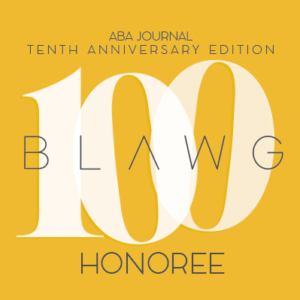I applaud the National Institute for the Defense of Competition and the Protection of Intellectual Property of Peru (Indecopi), (the Peruvian Competition Agency) for the publication of guidelines for an Antitrust Reward Program. The Guidelines are the result of a continuous effort of the Peruvian Competition Agency to detect anticompetitive conducts and promote a free competition culture in the market.
The guidelines promote an effective award (i.e. whistleblower) program. They apply to:
- Price fixing or agreements on other commercial conditions.
- Output or sales restrictions, in particular, by establishing production quotas.
- Allocating costumers, providers or geographical areas.
- Bid rigging and other coordinations in public tenders and other public procurement processes.
As the guidelines note, these activities are not only the most harmful to consumers, they are also carried out in secret. Inducing a cartel member (individuals—leniency is for corporations) to come forward is an effective policy to prevent cartel formation, destabilizing existing cartels and expose and prosecute those that are in existence. A whistleblower has a heavy burden of possible retribution, legal fees and other adverse consequences from cooperating with authorities. A “reward” helps counterbalance the risks of coming forward.
The guidelines also draw a nice balance between excluding what might be called “ringleaders” of the cartel from a reward, but allowing lower level employees recruited into cartel activity to come forward and be eligible for a reward.
“However, there is a special scenario [for eligibility] where employees participated exclusively in the execution of an anticompetitive conduct but without playing any role of decision or control. These are employees who have been entrusted orders to execute and monitor cartel agreements (for example, orders of setting the prices agreed with the cartel members or informing the prices of the cartel members to ensure compliance), but who do not influence or participate in the planning or implementation of the agreement.”
This balance recognizes that cartels are usually mutli-level enterprises with what are often called Masters and Sherpas or Top Guys and working level guys.
A copy of the Rewards program can be viewed here: 4._the_antitrust_rewards_program.
The Antitrust Rewards Program discusses the many cartel whistleblower programs in effect around the world. It is an interesting development that the United States led the world’s competition agencies to adopt Leniency Programs but in the area of Rewards or Whistleblower legislation, other competition agencies are leading the way. This is unfortunate given the sharp drop off in cartel prosecutions, particularly international cartels, contrasted against the massive success whistleblower programs have been for the United States Securities and Exchange Commission and other federal agencies. I have written extensively in Cartel Capers about the need for criminal antitrust whistleblower legislation in the United States and how it would complement and reenergize, not undermine, the Corporate Leniency Program:
Benefits of a Criminal Antitrust Whistleblower Statute–Part 1
A Whistleblower Story (Hypothetical)
The Indecopi Antitrust Reward Program came to my attention because their guidelines are up for a Concurrence Writing Award. Voting for the Concurrences Awards is open in the following link: https://awards.concurrences.com/en/awards/2020/soft-law/the-antitrust-rewards-program. Please consider voting for this program.
You can check out the many other fine articles up for award by Concurrences. The Concurrences 2020 Antitrust Writing Awards contribute to competition scholarship by selecting the best antitrust writings published in 2019. The Awards consist of:
- “Best Articles”: best academic, business, and student articles written by one or few individual authors.
- “Best Soft Law”: best non-enforcement tools written by competition agencies.
- “Best Newsletters”: ranking of best law firm antitrust newsletters.
The Jury is composed of leading antitrust enforcers, academics and counsel.
Thanks for reading and voting if you choose to.
Bob Connolly bob@reconnollylaw.com
